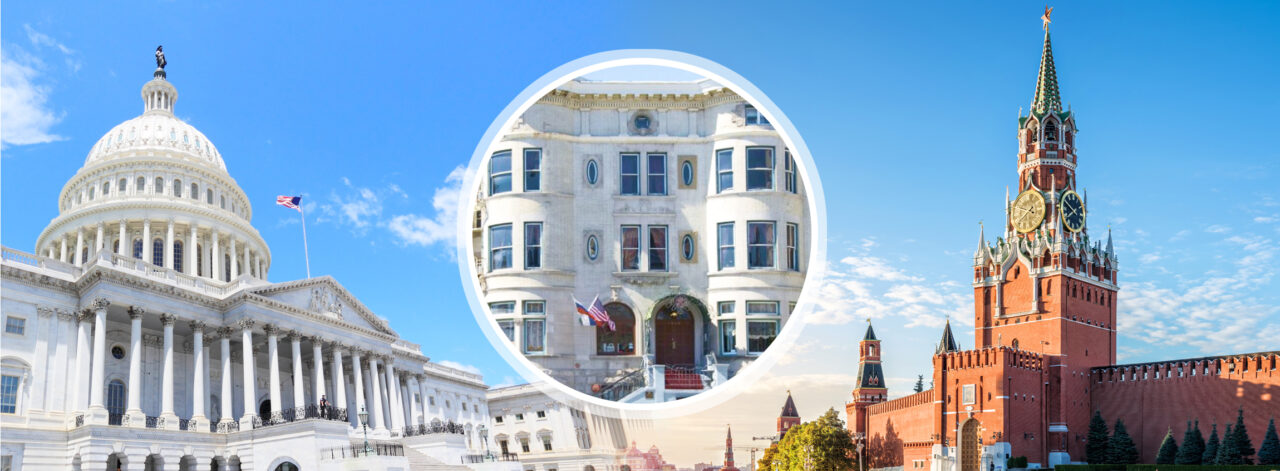
Simon Nixon
Simon Nixon is Chief European Commentator of the Wall Street Journal. He joined the WSJ in 2008 and was previously European editor of Heard on the Street. Before that, he was executive editor of the breakingviews financial commentary service, City editor of The Week and a founder editor of Moneyweek. Before becoming a journalist, he worked for five years in investment banking. He is a graduate of Trinity College, Cambridge University, where he gained a first class degree in History.
Tillerson and Lavrov are expected at this week's meeting of Arctic Council at time of heightened tension
KITTILA, Finland-In normal times, a meeting of the Arctic Council wouldn't usually attract much attention.
The intergovernmental forum was established 20 years ago to enable the eight countries with territory inside the Arctic Circle-the U.S., Canada, Russia, Sweden, Finland, Denmark, Norway and Iceland-to discuss how to protect the polar region's unique environment.
But at a time of heightened geopolitical tension, this week's meeting in Fairbanks, Alaska, carries extra significance. With U.S. Secretary of State Rex Tillerson and his Russian counterpart, Sergei Lavrov, due to attend, the meeting that begins on Wednesday could have broader strategic consequences-both for the Arctic and the world.
The formal agenda includes a review of initiatives to improve living conditions for Arctic communities, enhance stewardship of the Arctic Ocean and assess the latest evidence on climate change before the U.S. hands over the two-year chairmanship to Finland. But an unspoken objective is to ensure geopolitical tensions elsewhere don't spill over into the Arctic.
Fears that the Arctic could become a source of conflict have been growing in recent years. Those anxieties first surfaced when Russia planted a flag on the Arctic seabed under the North Pole in 2007. They have been further fueled by increased Russian military activity in the region, including the expansion of its Northern fleet based in Murmansk, the reopening of old Soviet military bases and a large-scale Arctic military exercise last year.
At the same time, some analysts have been concerned that melting of the polar ice could spark a scramble to exploit commercial opportunities in the Arctic in areas such as energy, shipping and fishing, which could contribute to rising tensions. Over the past 30 years the area covered by Arctic sea ice has declined by more than half while the thickness of the ice in the central Arctic Ocean declined by 65% between 1975 and 2012.
Nonetheless, the Arctic isn't yet the arena for a new Great Game between global powers. Unlike in other geopolitical hot spots, there are no serious territorial disputes in the Arctic. International law, including the United Nations Convention on the Law of the Sea-which sets out the rules regarding the use of the world's oceans-have been respected by all countries.
Nor has Russia's military activity so far extended beyond legitimate defensive border and infrastructure protection. Its military presence in the region is still far short of its Cold War peak: the Northern fleet currently has around 150 ships, compared with over 600 in the Soviet era.
And while the Russian navy has 41 icebreakers-and the U.S. Coast Guard has just one that is operational-only one of Russia's is a nuclear-powered icebreaker capable of operating in the Arctic. Much of Russia's military buildup consists of an expanded coast-guard operation which in other countries would be provided by a civilian agency and which Russia claims is a common asset for the benefit of all Arctic shipping.
Meanwhile, the expected Arctic economic boom hasn't materialized, according to business leaders at the Arctic Bridge Summit in Kittila, Finland, last week. A U.S. government report in 2008 estimated that 13% of the world's easily recoverable oil reserves and 30% of its natural gas reserves are in the Arctic. Yet the combination of the collapse in oil prices and Western sanctions, which have deprived the Russian oil industry of access to technology and financing, has stalled much Arctic oil and gas exploration, particularly offshore.
Other commercial activities have been held back by lack of infrastructure. A warmer climate can create problems as well as opportunities in the Arctic, including increased risks to pipelines from thawing permafrost and risks to shipping from icebergs. Last year just 18 ships transited Russia's Northern Sea Route, which connects the Bering Strait to the Barents Sea-down from 71 in 2013.
In reality, the Arctic has so far been a place of cooperation rather than conflict. The challenge is to keep it that way.
At a time of mutual suspicion between the West and Russia, the concern among military planners is that misunderstandings might destabilize the North Atlantic Treaty Organization's northern flank at a time when the Western military alliance is already facing tension with Russia in Ukraine and the Middle East.
In this respect, the Arctic Council can play an important role in promoting transparency and communication. As a science-led organization with no rule-making powers, it is a forum for dialogue between Russia and the West. Indeed, it is one of the few international bodies where the U.S. and Russia can meet on a regular basis.
But could the Arctic Council be more than simply a vehicle for preserving the Arctic as a conflict-free zone? Could cooperation in the Arctic contribute to easing tensions elsewhere?
With no normalization of relations between the West and Russia appearing possible without a resolution of the crisis in Ukraine, the Arctic Council's role as a forum for dialogue could become even more valuable in the years ahead-particularly now that the chairmanship is passing to Finland, a country with its own long record of acting as a bridge between Russia and the West.



_jpg/250px-ElbeDay1945_(NARA_ww2-121).jpg)







